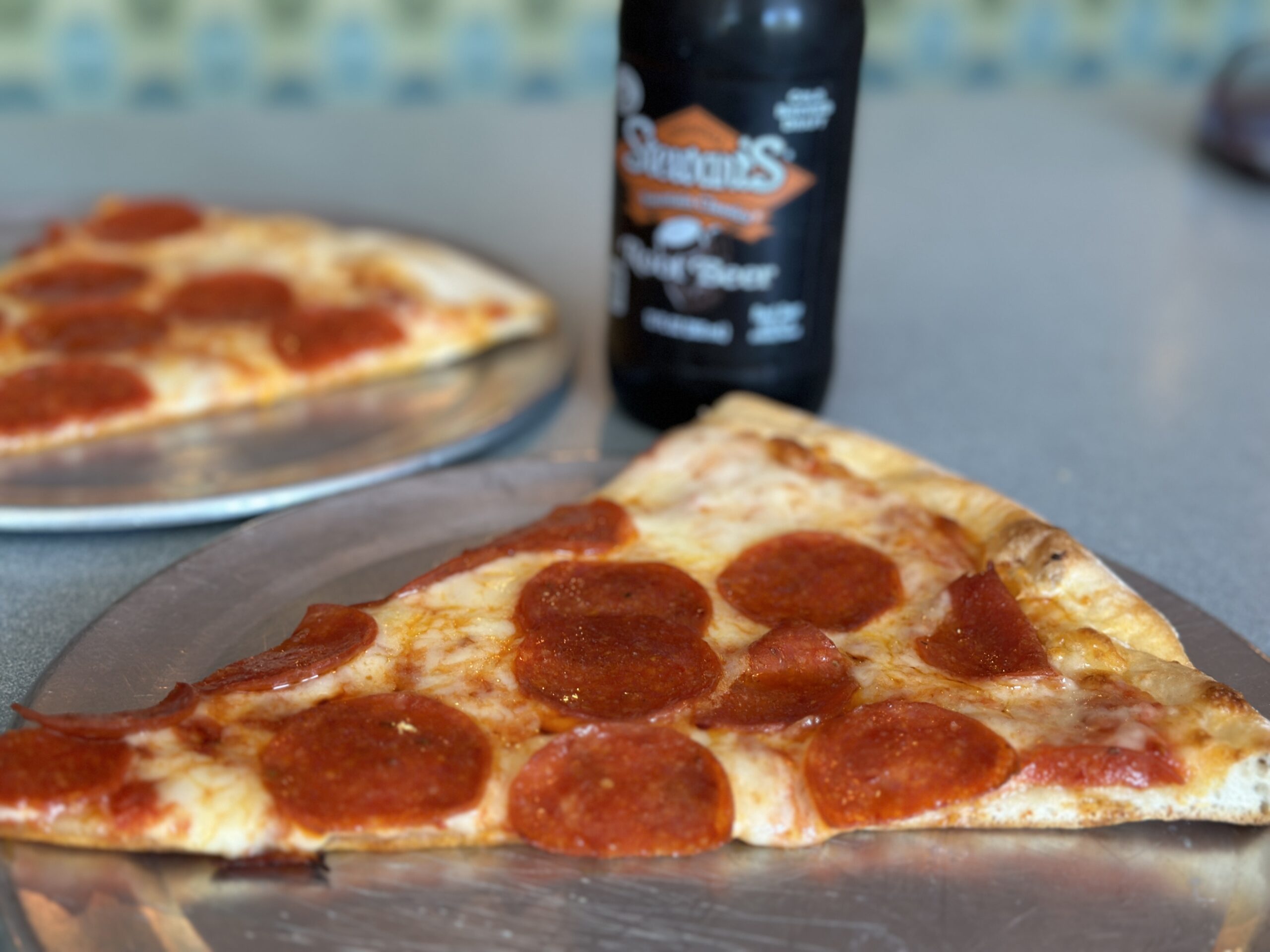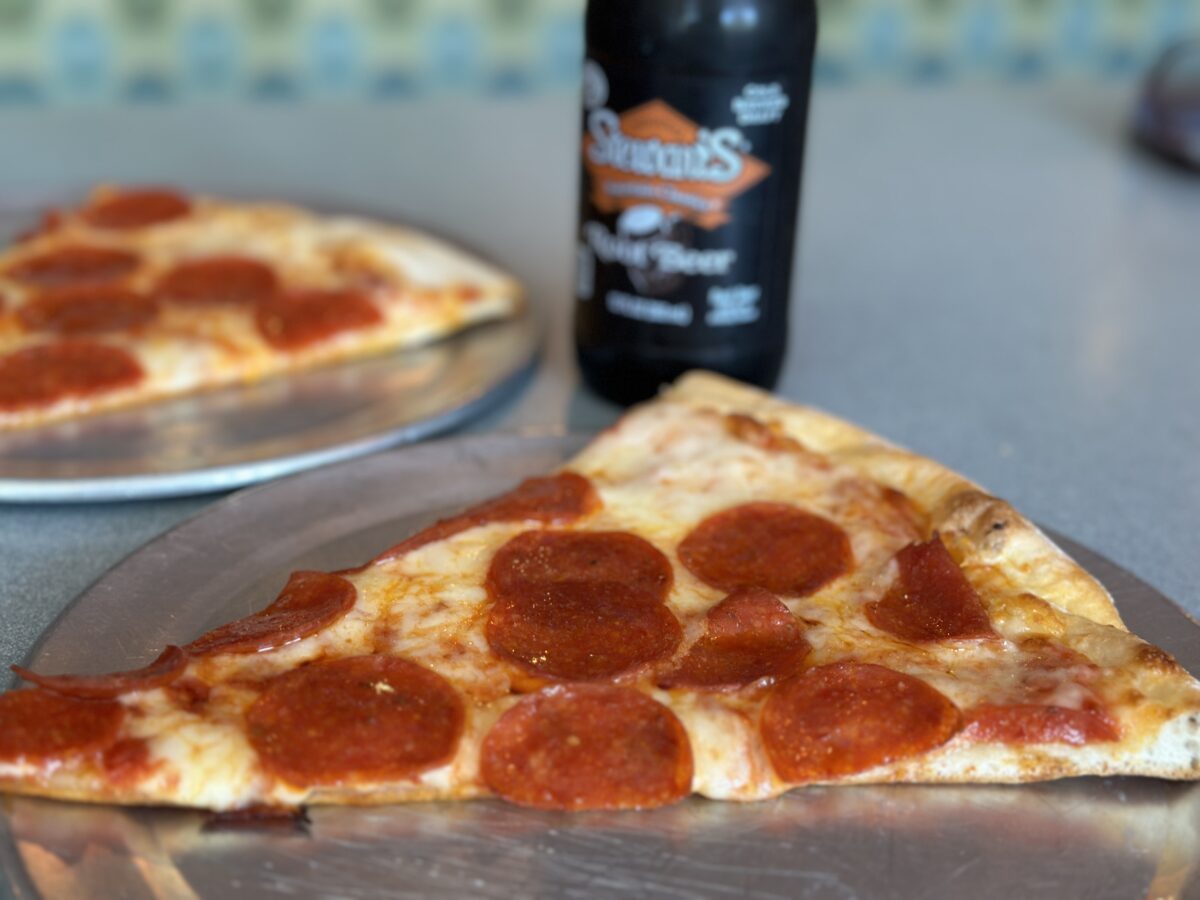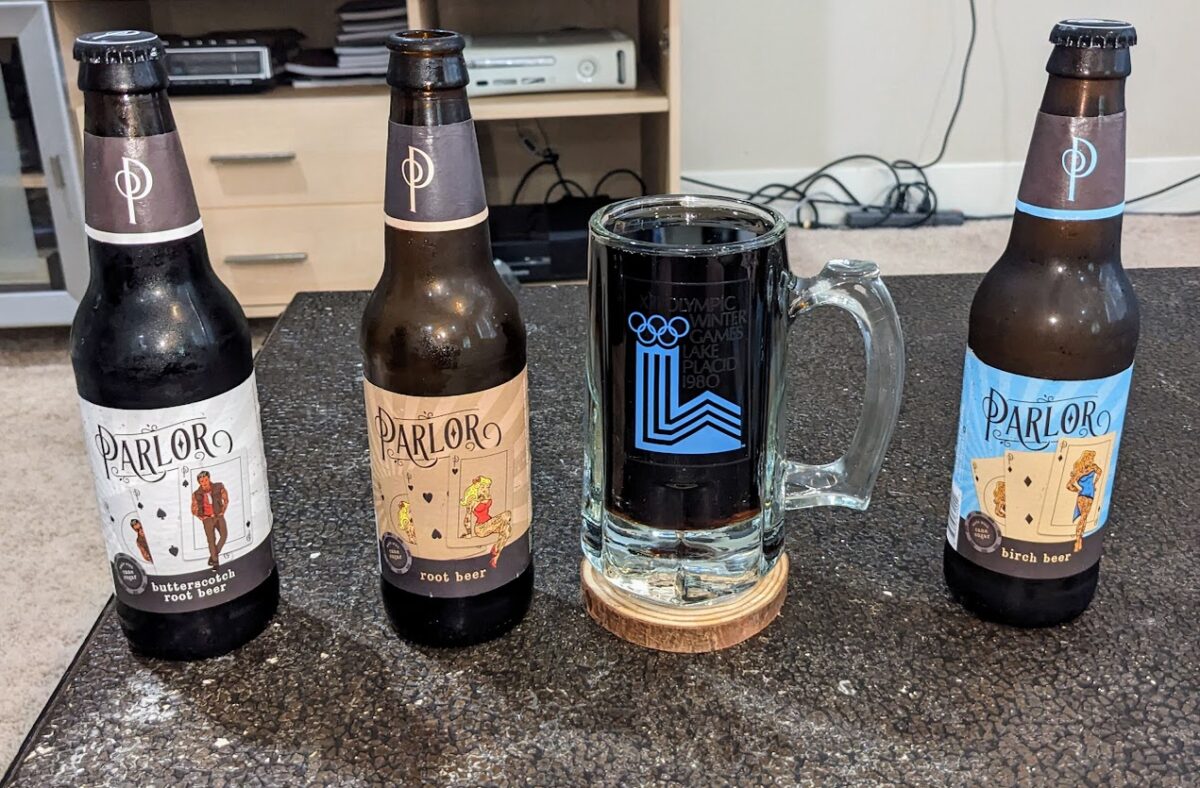
Pizza used to be regional. If you were in New York, you just got New York pizza. If you were anywhere else in the country, there was a different style.
New Jersey pizza can be folded and the oil runs down your arm. It’s sold by the slice, and paired with a Stewart’s root beer or maybe a birch beer. At one time, there was a neighborhood pizza pie place for everyone, run by somebody’s Italian uncle.
New York-style is pretty much the same, until you bring coal-fired into the picture. Some swear by the char.
Midwest pizza is all over the board. There was the cracker-thin crust that places like Ken’s popularized in the 70s. More recently, there are attempts at New York-style pizza, without the Italian uncle. It depends on your part of middle America.
The fun thing about Chicago pizza is arguing about it—all friendly, of course. Deep-dish is what they are known for, but Chicagoans beg to differ about which pizza maker is best. Giordano’s? Nancy’s? Lou Malnati’s? Pizzeria Uno? Do you want cheese in your crust? What’s worth standing in line for…because that’s a likely scenario.
Detroit-style pizza is square or rectangular, and often eaten with a fork. Otherwise it’s closely aligned to Chicago pizza.
California pizza—oh, now there’s a different pizza. Describe California toppings to someone from New Jersey and they won’t believe you are talking about pizza. These pizzas arguably started the trend toward fresh spinach, pineapple, artichokes, roast red pepper, sundried tomatoes, and goat cheese.
All this regionality made pizza distinctive. You knew where you were when you ate it. Times have changed.
Now you go to New Jersey and everyone raves about the wood-fired pizzas, thin crust and all. You go to Chicago and the deep-dish rivalry continues, sure, but they’ve branched out to skinny versions to appeal to the masses.
Pizza, in all its forms, has become ubiquitous. Want deep dish in Alabama? Go to Tortugas in Birmingham. Want Detroit-style on the West Coast? Try Purgatory Pizza in Los Angeles. Want New York-style in Missouri? Try The Big Slice in Springfield.
Understand, this is not a complaint, but rather a commentary on the melding of flavors and tastes that has taken place. As our world gets smaller, our access to the finer things in life—like our choice of pizza—is getting larger.
On a personal note, when I was transplanted from the East Coast to middle America, I missed “real pizza” terribly. What I could find was mostly described as cardboard covered in ketchup. Now, budget notwithstanding, I could use Goldbelly to get Pequod’s or John’s of Bleecker Street or a dozen others. But I don’t even have to do that. Pizza is offered in all its various forms at many local restaurants. It may not be the stuff of memories, but it usually satisfies the craving.
We are an amalgamation of tastes. And now, good or bad, we can access what we want. Without a road trip. Without necessarily packing it in dry ice to mail. Without using your imagination.
When it comes to pizza, it may no longer be regional. But it’s almost always good, in all its permutations. Go grab a slice.
The opinions of the author are just that—opinions. Feel free to nicely express your own.

